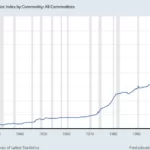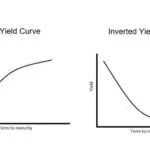Fundamental Analysis
Fundamental analysis is the qualitative examination of financial markets; it is used to assess the health of a market and its components. Trading on fundamentals rather than technicals is sad to be a significantly more challenging method — but one that might justify higher returns for those who learn it. The three major components of fundamental analysis are economic, company, and industry analysis. Each has its own set of tools that traders may use to judge if a given investment is worthwhile. Because fundamental analysis is used to determine an asset’s intrinsic value, it may be used to analyse and make decisions on instruments such as corporate or government bonds, stocks, currencies, and even commodities. Click on the links below for further information on the different subjects of fundamental analysis.
Introduction to Fundamental Analysis (Economy)



















